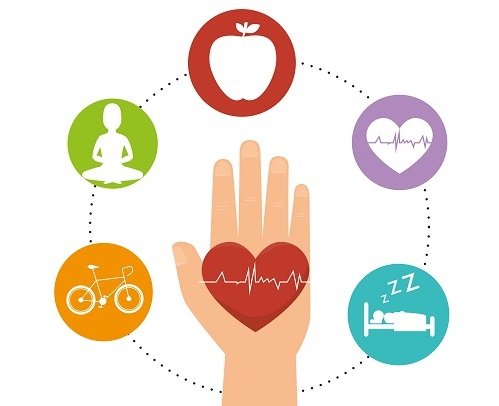Unlocking Your Full Potential: Mastering Habit Cues for Lasting Positive Change
Our habits are the silent architects of our lives, subtly shaping our behaviors and profoundly impacting our overall success. Understanding and harnessing the power of habit cues—the triggers that initiate our actions—is paramount to fostering positive change and achieving our aspirations. This article delves into the science of habit formation, provides practical examples, and offers actionable strategies to leverage the power of cues for a more rewarding and fulfilling life.
Habit cues, also known as triggers, are the environmental or internal signals that set specific behaviors in motion. These cues can be external, such as the enticing aroma of freshly baked bread or the insistent buzz of a smartphone notification, or internal, like feelings of stress, boredom, or even a specific time of day. These cues act as subconscious prompts, automatically activating pre-programmed behavioral responses, often without our conscious awareness.
The brain's remarkable efficiency is the driving force behind habit formation. To conserve cognitive energy, our brains create neural pathways that automate frequently performed actions. Habit cues reinforce these pathways, making the associated actions increasingly automatic over time. This neurological efficiency explains why breaking ingrained habits can be challenging, but conversely, why establishing beneficial habits can be incredibly rewarding and transformative.
Consider these common scenarios: The sight of your favorite comfort food might trigger an impulsive craving, while the feeling of exhaustion at the end of a long day might lead to neglecting your exercise routine. These everyday examples illustrate how habit cues subtly influence our choices and actions, often without conscious deliberation. Recognizing and understanding these cues is the crucial first step towards gaining control over them and redirecting them towards positive outcomes.
To effectively harness the power of habit cues for positive transformation, consider implementing these proven techniques:
1. Meticulously Identify Your Cues: Begin by carefully observing your daily routine and patterns. What specific situations, emotions, times of day, or locations consistently precede particular behaviors? Maintaining a detailed journal can prove invaluable in this process, enabling you to pinpoint the precise triggers that drive your actions, both positive and negative. This detailed self-awareness is the foundation for effective habit modification.
2. Strategically Implement Visual Reminders: Visual cues are exceptionally effective in reinforcing positive habits. Place strategically positioned sticky notes with motivational messages or affirmations, utilize phone or smart-device reminders, or create a visually appealing habit tracker to maintain momentum and accountability. The aim is to make your desired behavior effortlessly salient and consistently visible.
3. Foster Positive Emotional Associations: Mentally link your desired behavior with positive feelings, rewarding outcomes, and a sense of accomplishment. Visualize the satisfaction and benefits of achieving your goal. This positive reinforcement strengthens the association between the cue and the desired action, significantly increasing the likelihood of its repetition.
4. Cultivate Consistent and Seamless Routines: Consistency is paramount in habit formation. Structure your day to seamlessly integrate your desired behaviors into your existing routine. By associating your new habit with a pre-existing one, you leverage the power of established neural pathways, streamlining the process and making it more likely to stick.
5. Master the Art of Habit Stacking: Habit stacking involves linking a new habit to an already established one. For example, after completing your morning shower (an established habit), immediately engage in a brief meditation session (the new habit). The existing habit serves as a reliable and consistent cue for the new one, maximizing the likelihood of its consistent execution.
The ripple effect of positive habit formation extends far beyond a single area of life. Improving one habit can trigger a cascade of positive changes, influencing other aspects of your well-being. For instance, incorporating regular physical activity might boost energy levels, elevate mood, and enhance overall productivity. The cumulative impact of positive habits contributes to a more holistic sense of well-being and personal fulfillment.
In conclusion, mastering the art of habit cues is a transformative journey of self-discovery and personal growth. By consciously identifying, understanding, and skillfully manipulating your triggers, you can reprogram your behaviors and pave the way for a more successful and fulfilling life. Take control of your habits, and unlock your full potential. Embrace this process, and experience the profound and lasting benefits of positive habit formation.
We invite you to share your own experiences with habit cues and strategies in the comments section below. What techniques have worked best for you? Let's learn from each other and collectively unlock the transformative power of habit formation.




